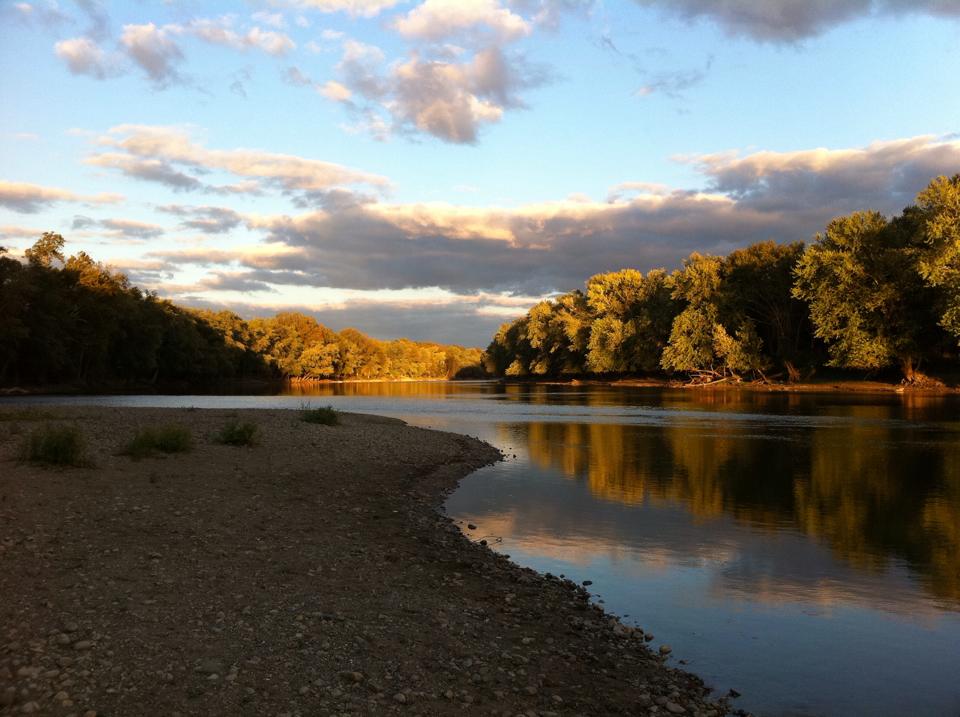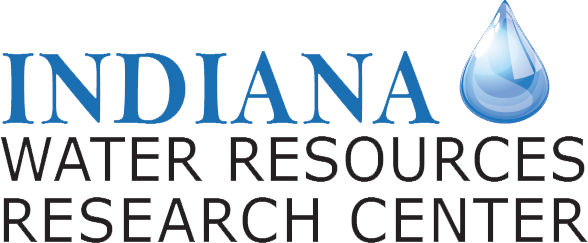Projects
The Indiana Water Resources Research Center supports both 104b and 104g projects to tackle water resource challenges. 104b grants fund local research on Indiana’s water issues, while 104g projects focus on regional, multi-state problems. Both programs promote collaboration, innovation, and public dissemination of water research to improve water management and conservation.
104b Projects
Annual base grants (104b) are awarded to each of the 54 state Institutes or Centers to help support applied and peer-reviewed research, education, and outreach activities on local or regional water resource issues.
104g Projects
The U.S. Geological Survey, in cooperation with the National Institutes for Water Resources, requests proposals for research projects to improve and enhance the nation’s water supply and availability via (104g) grants.

